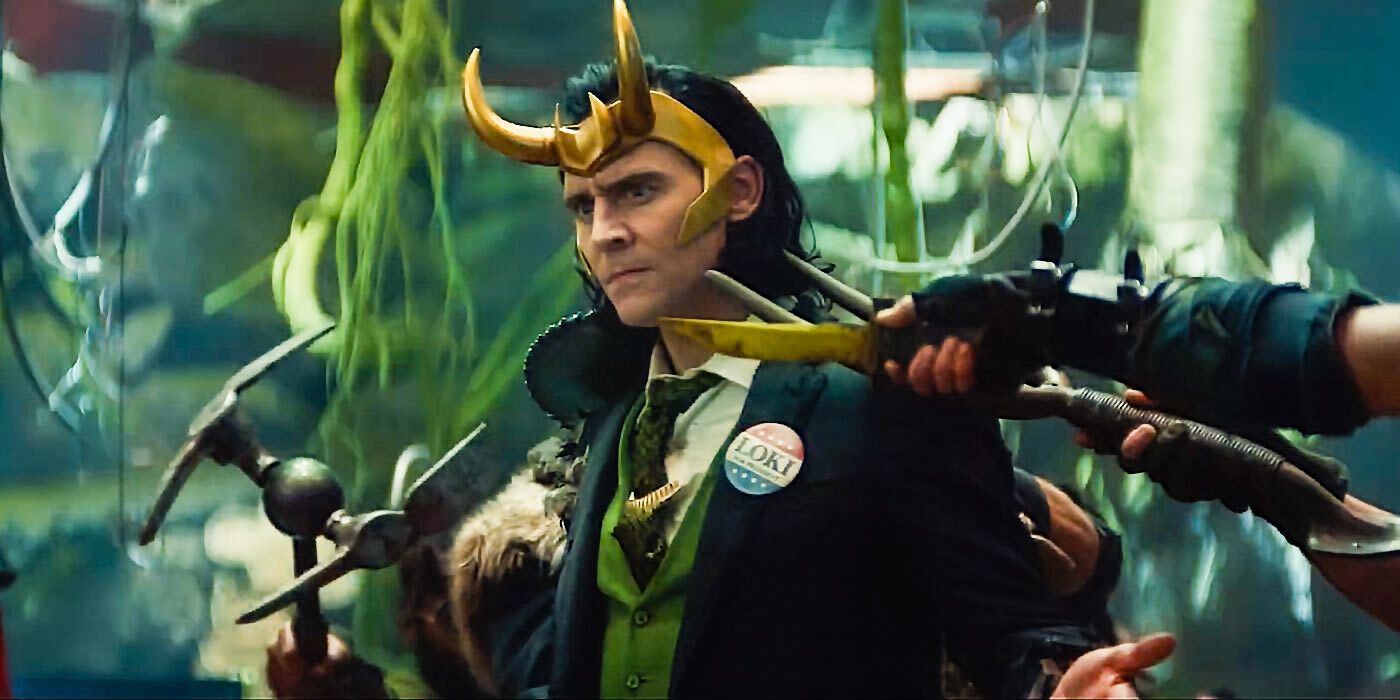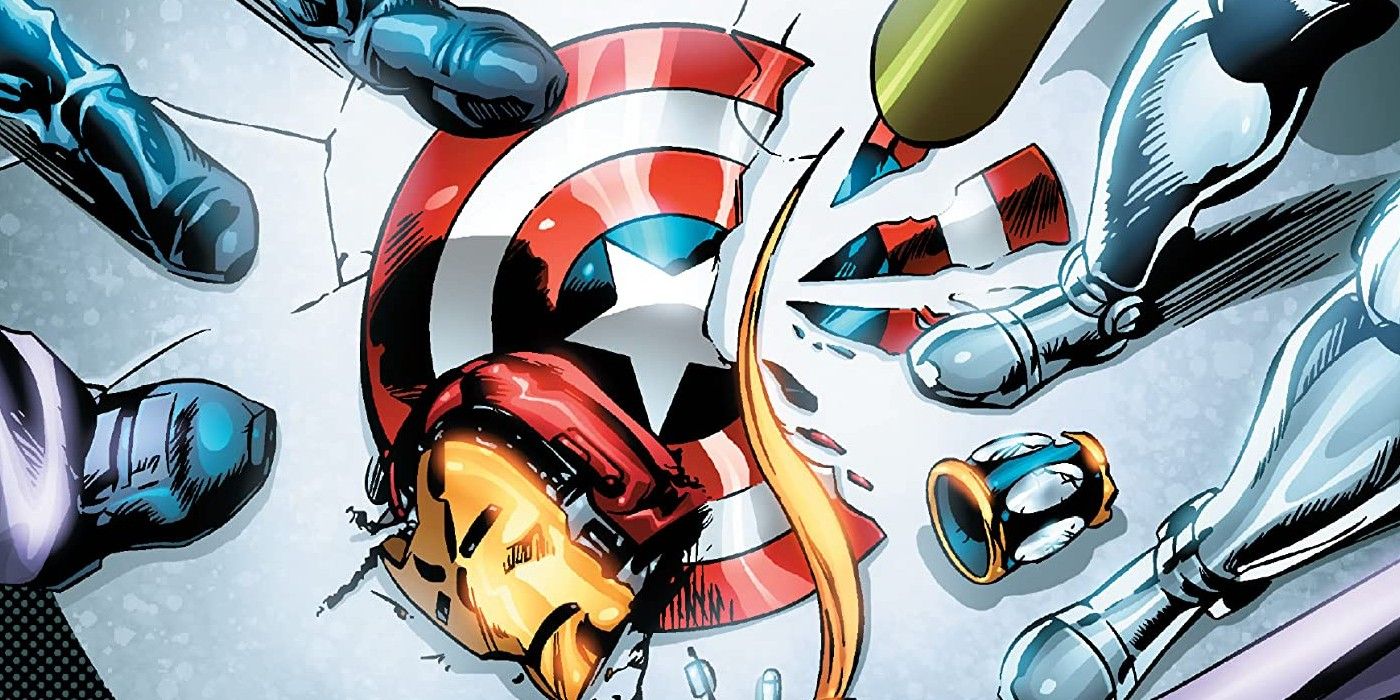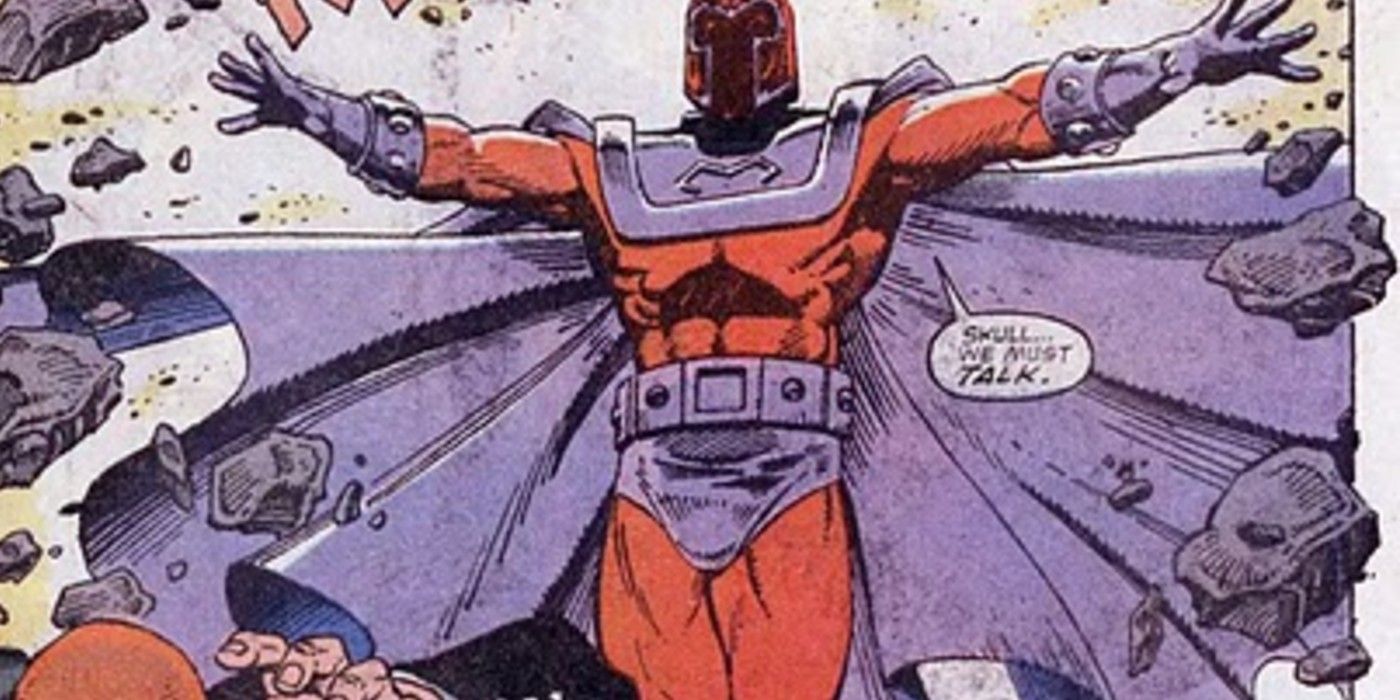As the God of Mischief, Loki draws almost as much enjoyment from causing chaos and stress for his enemies as he does actually achieving his goals. Because of this, he often leaves battles relatively satisfied, even though the nature of comics means he loses much more often than he wins. That's exactly what happened in "Acts of Vengeance" a storyline in which Loki plays a central role when he and a cabal of villains launch a simple but surprisingly effective series of attacks against the Avengers.
"Acts of Vengeance" was a crossover event spanning many different Marvel comics that began in late 1989 and ended in early 1990. It started when Loki, plotting against his brother Thor and fuming about how an earlier scheme indirectly caused the Avengers to form, gathered a team of villains including Magneto, Doctor Doom, the Mandarin, the Wizard, the Red Skull and the Kingpin to take out their enemies once and for all. He also offered membership in the alliance to Cobra, the Mad Thinker, Namor and Apocalypse, but they all refused, with Namor stating that he is not a villain. Loki next engineered a breakout at the supervillain prison known as the Vault to recruit even more criminals to the cause.
The core idea of the scheme was for the villains to target different heroes than their usual archenemies in the hopes that this would catch the heroes unprepared. For example, Doom programmed an Ultron robot to attack Daredevil, the Mandarin battled the X-Men and the Hobgoblin targeted Doctor Strange, along with many more unusual matchups.
But like most evil alliances, this one was not built to last. Eventually, the egos and grudges of Loki's compatriots got the better of them and they turned on each other. The most emotionally charged battle was between Magneto, a Holocaust survivor, and Red Skull, a Nazi whose prejudices includes a hatred of mutants. Magneto was always the least outright villainous of the group so he pursued righteous vengeance against the Skull and eventually buried him alive. It was later revealed that the Doom involved was really just a Doombot and Kingpin and Magneto vanished from the fray, leaving Loki to deal with the heroes after they took down the more minor villains.
Thor forced Loki to return to Asgard, but before he left he unleashed one last trick, fusing three Sentinels together to form the massive Tri-Sentinel which he sent to attack New York. Spider-Man had gained the massive Uni-Power of Captain Universe, which he used to defeat the machine.
"Acts of Vengeance" isn't one of the most consequential events in Marvel history but it did have some lasting consequences. Spider-Man would continue to grapple with the Uni-Power for a while and Magneto and the Red Skull have continued to have one of Marvel's darkest rivalries. Like most of Loki's plots, this one was unsuccessful at conquering the world or permanently defeating Thor, but it did cause a significant amount of anarchy, which is enough to make the trickster god smile.



